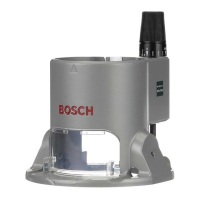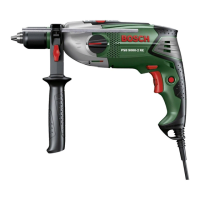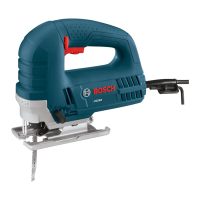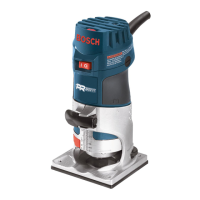250/263 Bosch Rexroth AG | Tightening Technology 3 608 870 A47
Nexo cordless Wi-Fi nutrunner | 3 608 870 A47/2017-
10.3 Angle-of-turn-controlled tightening process
This process controls the angle of turn and monitors the torque. It permanently deforms the bolt.
The angle-of-turn-controlled tightening process offers the following advantages:
• Minimization of the dispersion of the mounting clamp force, i.e. the tightening factor is
1
close to 1
• A particularly high bolted connection strength can be attained
The angle of turn is registered in the measurement transducer.
Function
Fig. 10–2: T = f (A), angle-of-turn-controlled, torque-monitored tightening process
Once the bolt head is flush, the torque increases until it reaches the torque threshold TT (torque-con-
trolled). TT should be at the beginning of the linear increase of the tightening graph (as the joining pro-
cesses of the tightening parts are almost complete here). From the torque threshold TT, rotation continues
at a defined angle of turn (tightening angle) until the target parameter AP is reached.
Torque monitoring (T–, T+)
2
is used for error recognition. It is to advantage in that it detects:
• Batch jumps in bolts and components
• Defective bolts and components
In this process, the bolt is stretched beyond its yield point and into the range of elastic deformation. Since
the constriction of the cross-section is permanent, the bolts can be reused to a limited degree only. This
is why special bolts with sufficient deformation characteristics (e.g. stretch-shank bolts) should be used
in this process.
1. Tightening factor = F
Mmax
/ F
Mmin
= dispersion of the mounting clamp force (clamp force).
(1) Angle safety limit
(2) Tightening angle
2. Limit values (T–, T+) should be defined via statistical evaluation ( 50 tightening operations). Toler-
ance limits that are too low result in a high number of NOK tightening cases; tolerance limits that are
too high impair error recognition.

